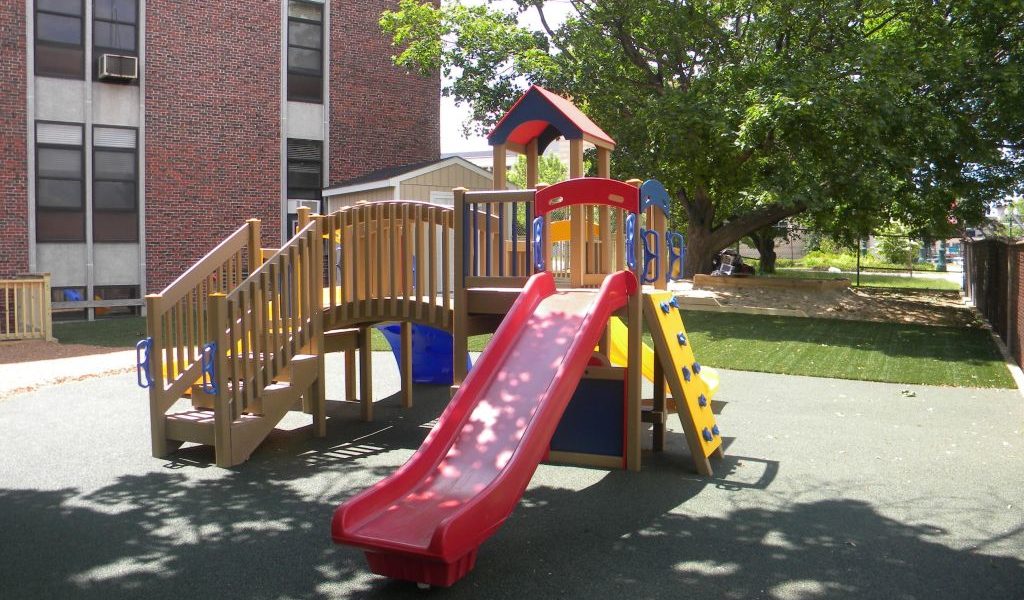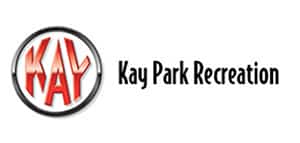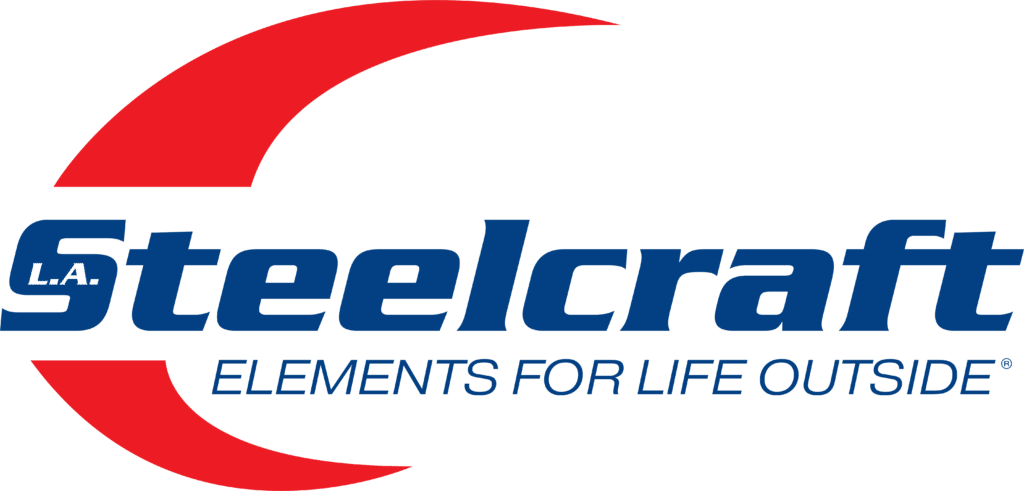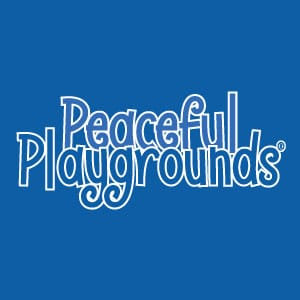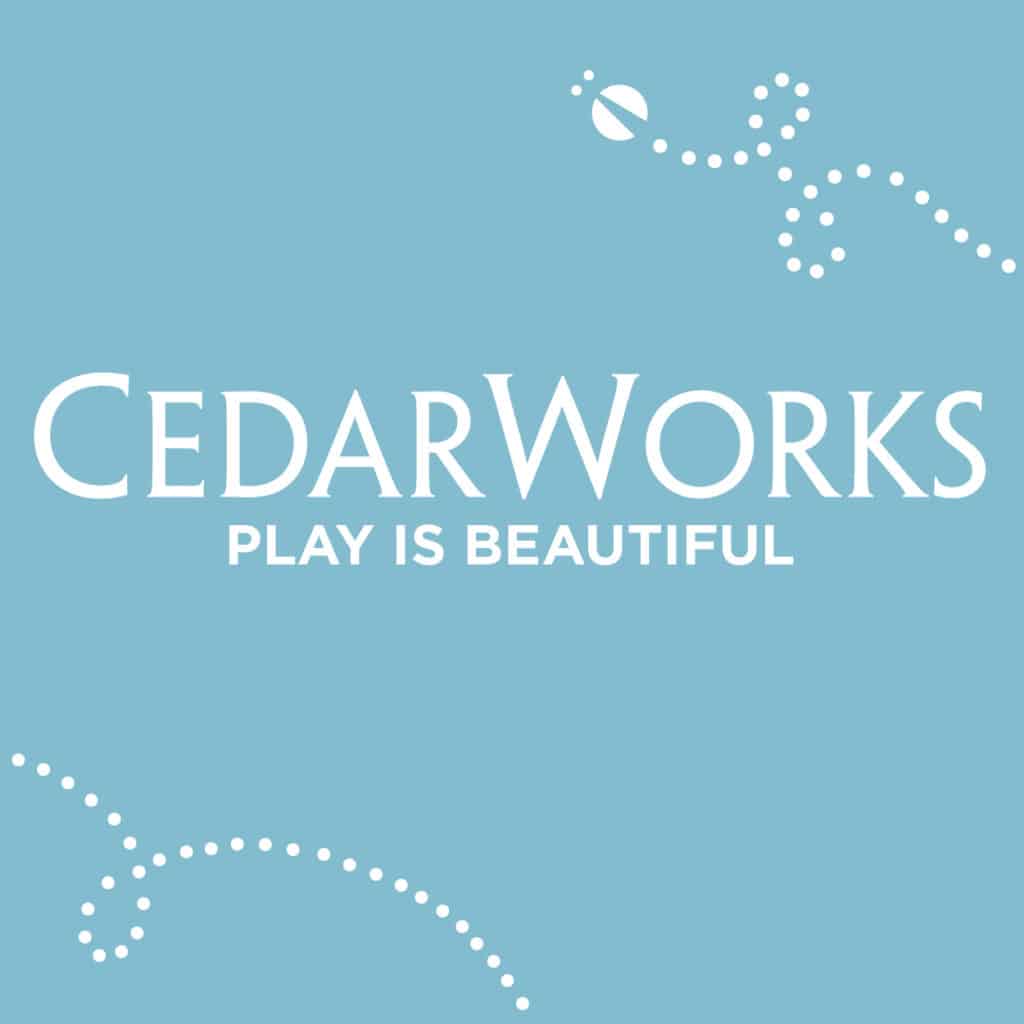Educators know that play is one of the most effective ways for children to learn. That is why a well-designed and well-installed playground is an indispensable part of a school. Here, we provide some suggestions for School Boards and PTAs to consider when choosing playground equipment and installing play structures on their grounds.
Before you start reviewing the possible equipment or designs, it is essential to carry out a needs assessment. Some of the things to consider should include:
* Age of the children using the playground
* Size of the required play structures, as well as furnishings such as benches and planters, and outdoor shelters
* Number of kids who will use the playground
* Special needs to accommodate disabilities
* Constraints of your physical environment.
An experienced playground consultant can offer insights on other things that you need to consider before choosing the equipment for your playground.
The ideal playground should give children exercise, socialization, and learning opportunities. A great playground should have the equipment and design to stimulate kids’ sense of adventure and their need to explore and investigate.
It should encourage kids to run, swing, climb, and then do it again! There is an undeniable link between a healthy body and a healthy mind, especially for growing kids.
An excellent playground equipment supplier can help you choose the right equipment based on your needs. They can put together a playground design and construction plan to make your dream playground a reality!
Every parent needs assurance on the safety of their children when using the playground. Playground safety includes not only the safety of the play equipment, but also playground surfacing, and the overall safety of the playground environment.
An experienced certified playground safety inspector can give you a good assessment after a site visit. He can also ensure that your choice of playground equipment meets safety and accessibility standards established by ASTM, CPSC and ADAAG.
Go Green
Saving the planet and going green is what we aspire to do, and we want our children to learn to be environmentally friendly, as well. What better way to do that than to build an eco-friendly playground for our kids?
Many playground equipment manufacturers build play structures with recycled plastic materials such as milk jugs. A small park bench uses close to 500 milk jugs and a larger play set can use more than 70,000 milk jugs. See how much we can contribute to sustainability by using eco-friendly play structures in our school playgrounds and municipal parks.
In addition to benefits to the environment, recycled plastic does not rust, peel or produce splinters, thus providing a safe and beautiful surface for children to play.
Besides play equipment and playground benches, we can also use recycled rubber mulch, which is produced by recycling tires, for playground surfacing. Rubber mulch playground surfaces are not only eco-friendly, they provide the most shock absorption keeping children safe from fall injuries. A more affordable but still eco-friendly alternative is wood fiber mulch, which is free of paint, chemicals and additives.
Lastly, consider a nature-themed playground to teach your child to love nature and motivate them to become environmentally friendly citizens, while having great fun with climbers, enclosures, panels, roofs, rocks and stumps in the form of natural elements like mushrooms and tree trunks.
The Power of Play
What are your favorite memories of childhood play? Chances are those memories happened outdoors and included a lot of nature-based activities like digging holes, chasing fireflies, building stick forts or sand castles, jumping in big piles of leaves, or just fooling around with dirt or water. Mud pies, anyone?
Is it possible to form those kinds of memories today? Childhood has changed.
With all the screen time, the lack of access to green space, and the emphasis on direct instruction and increased academic focus in early childhood programs and preschools, it can be hard to squeeze in unstructured outdoor play. We need to remember the importance of play in the child’s physical, emotional, and intellectual development.
Play is how children understand each other and make sense of their world. They learn so much from play that it’s often called the “work” of childhood. Studies show that children learn best in an environment that allows them to explore, discover, and play.
Outdoor play in nature has a powerful impact on a child’s development. Research shows that school playgrounds with trees, fields, shrubs, and vegetated edges encourage creative play and build skills that will be valuable in academic learning, too.
Surfacing
A study on playground injuries showed that over 70% of them are due to falls under play structures. To ensure that our parks and school playgrounds are safe for children to enjoy, installing a safe playground surface is essential.
While it is common for kids to play in sand or grass and soil, these surfaces are generally unsafe when play structures are installed on them. So what types of playground surface materials are safe and how to they compare?
Among the safe, ADA-compliant playground surfacing materials, the most popular options are wood fiber, rubber mulch and pour-in-place rubber.
Wood fiber mulch is affordable and eco-friendly. It is made from engineered wood and is free of paint and chemicals. It does require raking and top ups; thus, the maintenance cost can be higher than rubber mulch. Wood fiber has a natural look that blends in well with most outdoor park playground settings.
Rubber mulch is made from recycled tires. It does not absorb water and decompose, and requires less top ups than wood fiber. It also offers better fall protection than wood fiber.
Pour-in-place is the most accessible surface and allows wheelchairs to most easily roll over it. It must be installed over concrete, asphalt or a compacted aggregate stone and is comprised of two layers, a cushioning layer and a decorative top layer. The top layer can be creatively designed in various colors and patterns to enhance the look of the playground.
Pour-in-place rubber playground surfacing is durable and needs little maintenance other than checking for cracks on a regular basis, but it is more expensive compared to wood fiber and rubber mulch.
This information is courtesy of Premier Park and Play, a highly reputable provider of playground equipment and playground design and installation services, www.premierparkplay.com.


